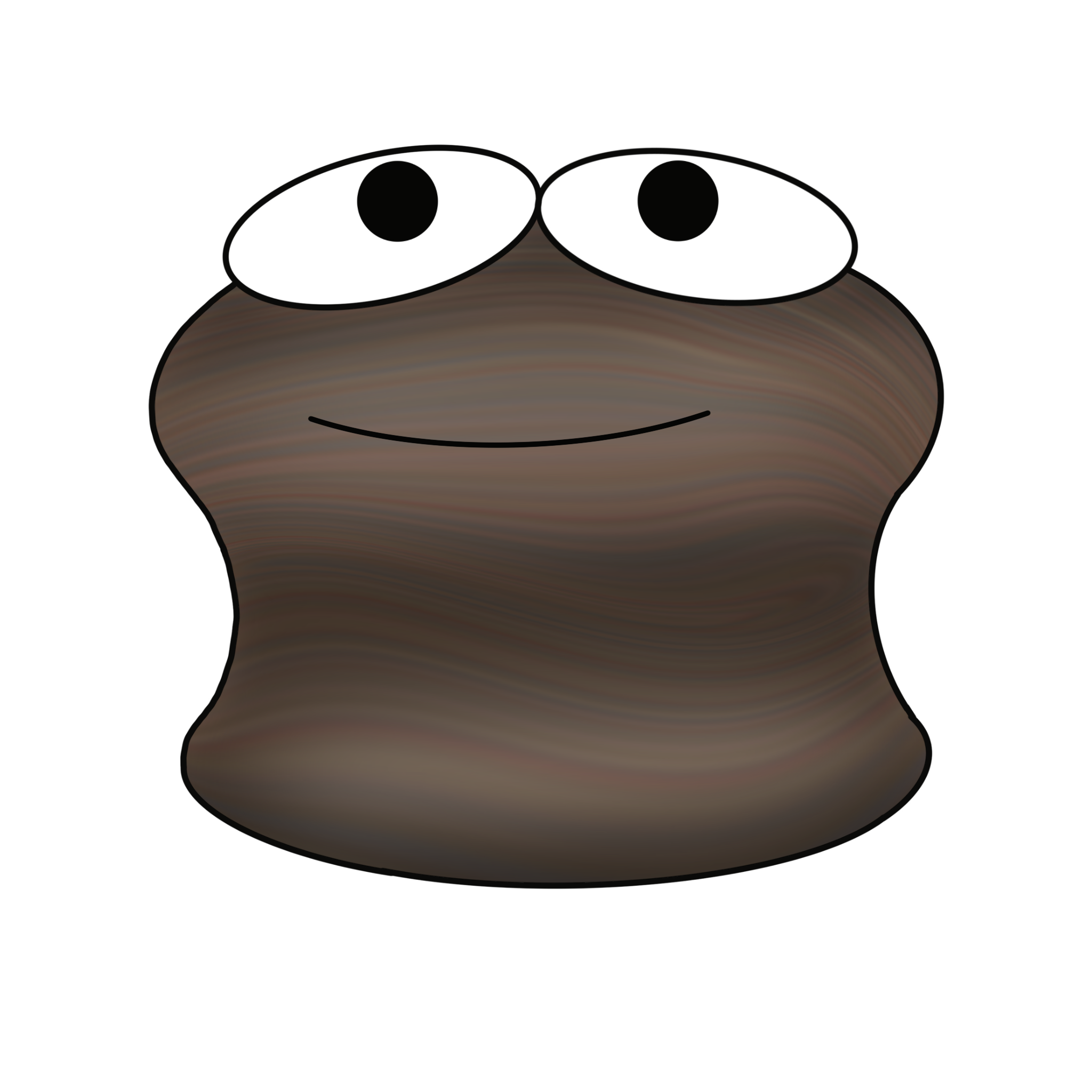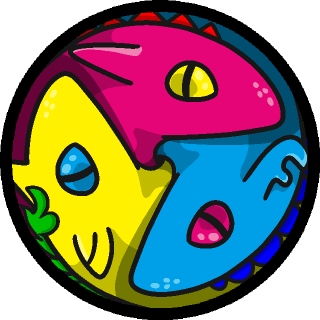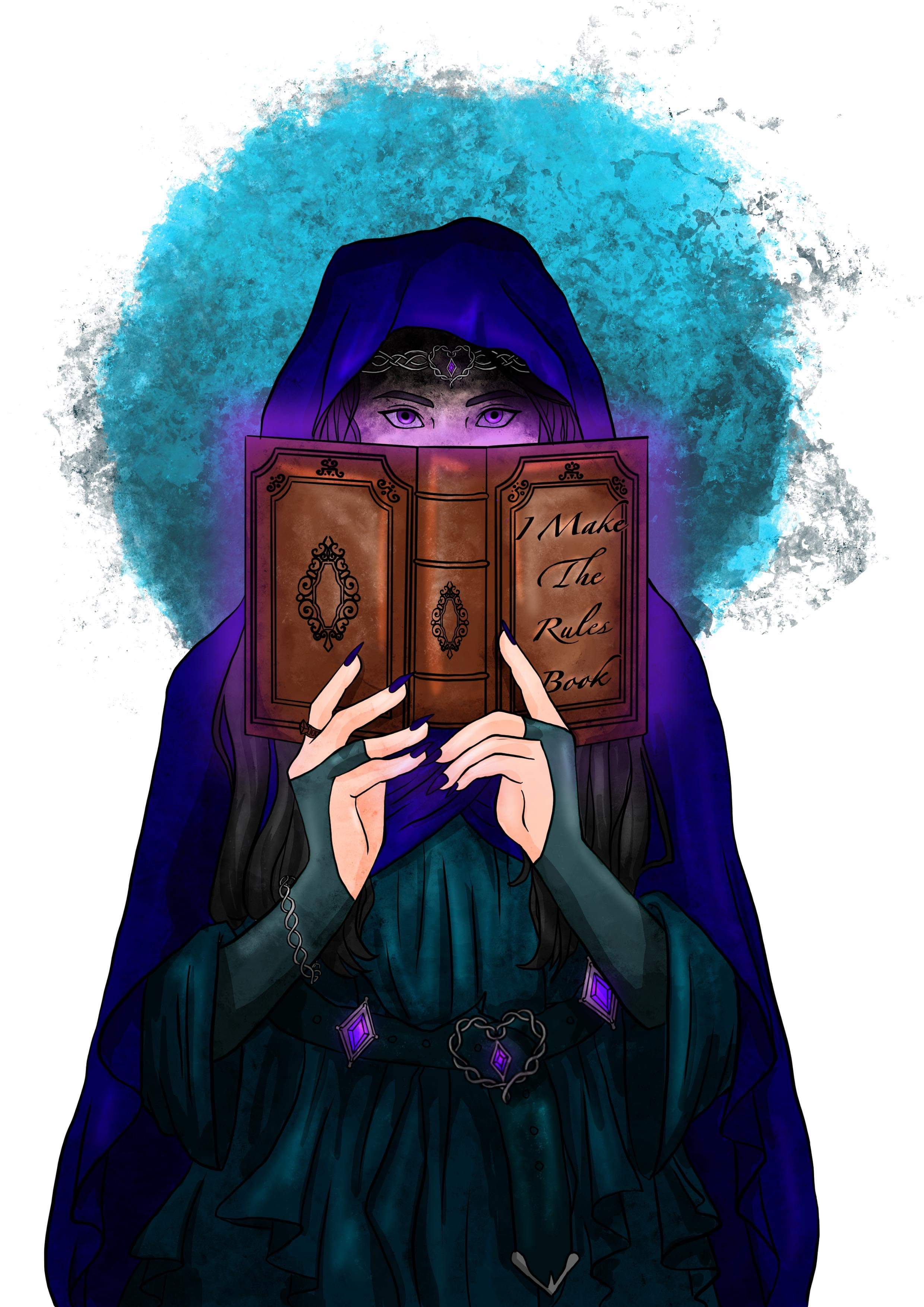Each age the planets choose a mortal to embody them. A young girl is granted immense power, the potential of the planet itself, and from that point on she is known as a Keystone
In the modern age the Keystones are relics of an ancient time, figureheads of government or religious orders. Their powers rarely see use, and many forget their true potential. These women have been revered and feared for as long as Sol can remember. The modern Keystones are a far cry from the brutality of the capricious Godqueens of the past. Not everyone has forgotten. Those who remember their history lessons remember why some call for the extinguishing of a Keystone before her ascencion.
Inheritance
There can only be one keystone for each planet at a time. As mortal lifespans are nowhere near that of a planet, the powers of the Keystone wane towards the end of her life as they pass down to her inheritor. Inheritance seems to be partially genetic, as on
Jupiter the Patrician families are defined by having the blood of one or more keystones in their ancestry, while the courts of
Neptune and
Venus are rife with people hoping for their daughters ascencion.
☿
Mother of Mercury
The last
Keystone of Mercury sacrificed herself to chain the sun and contain the solar invasion. She left no known heir, and with the majority of
the population seeking asylum all across the solar system finding the next Keystone may prove to be quite the challenge.
Conditions of Inheritance
Inheritance is not well understood, and may even be unique to each planet, but a few things seem to be true across the board. A Keystone is always a woman, though not necessarily female. Her ascension typically begins sometime as she's coming into her adulthood, but there are stories of women being chosen later in life. She is always from one of the native species of her home.
Keystones are almost invariably talented women who show great skill and alacricity, though no particular skillset seems to be universally favoured.
Eternal Godqueen of Venus
The
Eternal Godqueen of Venus,
Titania, had been ruling
Venus for centuries when a massive exposé revealed the truth. Rather than a truly immortal queen, the
Fei had been hiding her inheritor among her identical handmaidens, using their natural ability of
metamorphis to make the queens indistinguishable from one another.
Dangerous Potential
It takes a while for a Keystone to truly come into her powers, but when she does, she is near omnipotent on her planet. She can warp the laws of reality around her and harness the vitality of her planet to empower her further. However, it is folly to believe she is fully in control of this power. The planet and Keystone act through each other.
It is not an easy relationship. Keystones and their planet are not always acting in harmony, and discord between them may unleash disaster. Even when everything is seemingly in harmony, natural disasters may still occur, and people continue to hold their Keystone accountable.
Warden of Tellus
Eons ago, a mild tantrum released a natural disaster. Horrified by the devastation she had caused, the Keystone drew back and isolated herself at her planets moon.
Ever since, the Keystones of
Tellus have stood vigil over their planet from Luna, watching from a safe distance.
The Keystone also seems to be naturally attuned to the people of her planet. Most Keystones describe it as a powerful intuition or communal sense rather than being able to read individual minds.
However, on rare occasions she can personally intervene on behalf of her people. By extending her power through them, she can allow her people to directly tap into the planet. This is called mantling. When mantling, the insides of the individual glow intensely bright, and the sigil of the planet brands itself temporarily into their skin.
Mantling can be dangerous. Mortal bodies are not meant to contain planetary power, and unlike Keystones these individuals are immediately exposed to extreme power, rather than being allowed to slowly adjust to it.
Martian Control
Mars has had no Keystone for centuries. The official government statement is that Keystones are a relic of the past, and Mars now guides its own growth. Rumours persist, from accusations of poisioning their own population, to claims of a secret government bureau monitoring the population for signs of ascension.
Hierarchy
Planets are not the only ones who form keystones. Even some of those moons, typically those large enough to become spheroids, have their own Keystone. The lunar Keystones are less powerful than their planetary counterparts—in a straight contest of force between the two, the planetary Keystone will almost always win. However, not all battles are won by strength alone.
In the same way planet is the primary determinator of the orbit of a moon, Keystones of a planet seem to have special power over the Keystones of their satellites. Stories that feature a satellite's Keystone directly fighting against their parent planet's Keystone speak of their powers simply failing or being totally overpowered.
♃
Holy Daughter of Jupiter
Though the
Holy Daughter is considered a religious leader rather than a political one, her decision to summon every lunar Keystone of
Jupiter has been controversial. The lunar Keystones and their associated governments claim that it was retaliation for the
Catamite Wars and a reassertion of Jovian supremacy. Jupiter's government asserts, however, that the event in question was a holy calling beyond the domain of secular machinations.
Fragility
As powerful as the Keystones are, they remain fallibly mortal. A Keystone can die as easily as anyone else. No amount of personal power can protect you in your sleep or prevent a dagger in your back. Because of this, the Keystones live and die by the institutions surrounding them.
It is the people around the Keystones who are the true movers and shakers. Brute force can only get someone so far. Without adherants to enable them, any Keystone taking after the Caligulas of ancient times find themselves swiftly handled.
♄
Ward of Saturn
No Keystone has a shorter estimated lifespan than the Ward of Saturn. Rarely is she able to fully come into her powers before she is assassinated. The Keystone of
Saturn is entirely dependant on the protection of the Merchant Princes, who are equally likely to turn on her should she favour one too much. The princes are loath to allow any advantage, after all.
Cultural Legacy
Few institutions are stronger than that of the media. Keystones have always captured the imagination of the public. Hidden and secret keystones are a trope as old as dirt, as are stories about girls grappling with their unexpected ascencion.
History is no exception. As soon as a Keystone ascends writers get to work penning her biographies and biopic. Often the book will be out before or during her coronation.
♅
Uranus
The triumphs of Godqueen Theseus of
Uranus include her miraculous flight into space itself on a simple sailship. Aboard the
Airship of Theseus she visited the moons, and even seduced her fellow keystone, the Empress of Neptune. This is completely impossible, of course. No one can "sail" through vacuum.
Sometimes dismissed as power fantasies, many of these stories grapple with themes of duty, class, and coming of age. Some of these stories explore why Keystones exist to begin with, what the nature of such a bond between a person and a celestial body is, rather than just asking what role they play in modern society.
Some even go so far as to claim the Keystones are the only sacred creatures left in Sol, less because of their position as links between the will of the universe and her people, but instead as the only beings above tabloids and reality tv. To others, it's further proof that they do not belong to this modern era.
♆
Empress of Neptune
All modern Empresses of
Neptune have been members of the Neptunian nobility. These noble families raise their daughters with the goal of becoming the next Keystone. Because nobody knows what the criteria of succession are, approaches include a thorough education, acquaintence with the Empress, and sometimes removal of the most promising competitors.















Great article! I really like the format you've chosen from the article, with the little vignettes into each planets and getting to see how they're all different. It gives a lot of depth to the world and points towards lots of fascinating things <3 You did a great work building up drama for each planet!
Thank you so much! I really appreciate your help in brainstorming for this, your questions were super helpful!